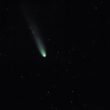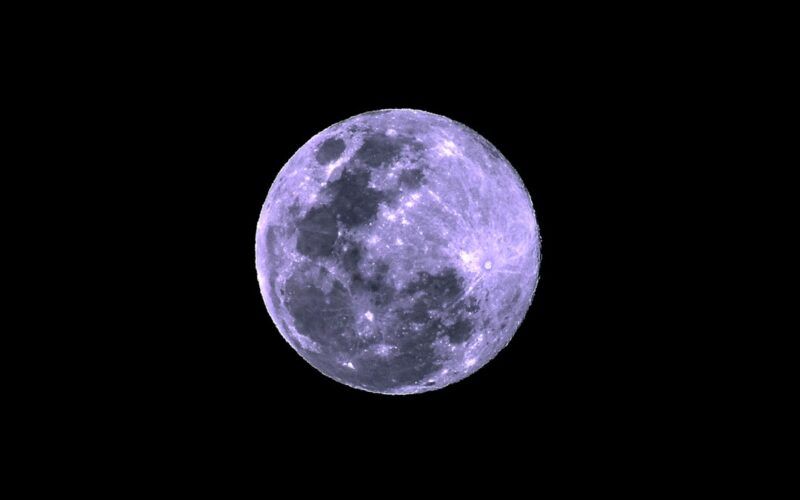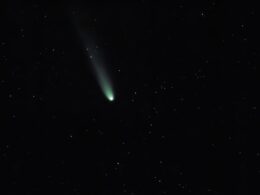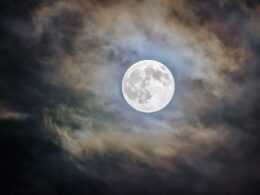Skywatchers, get your cameras ready: on November 5, 2025, the night sky will play host to the brightest and biggest full moon of the year, known as the Beaver Moon supermoon. The spectacle will reach full illumination at exactly 8:19 a.m. Eastern Time, but the best views are promised for the evening of November 6, as the moon climbs over the eastern horizon.
This particular supermoon isn’t just your average monthly full moon. It’s the closest full moon to Earth all year, coming in at just 221,818 miles (356,980 kilometers) away—closer than any since February 2019. Thanks to its proximity, the Beaver Moon will appear around 14% larger and 30% brighter than a typical full moon, casting a moonlight so vivid it can even wash out faint stars and create faint nighttime shadows—an impressive, rare effect that only happens during the most powerful supermoons.
The Science and Lore of the Beaver Moon
A “supermoon” occurs when the moon’s full phase coincides with its perigee, or the closest point in its elliptical orbit around Earth. That means this Beaver Moon is the second in a trio of consecutive supermoons capping off 2025, with another still to come in December—the Cold Moon, which is also expected to offer an unusually large appearance.
November’s full moon, often called the Beaver Moon in North America, gets its name from Indigenous and colonial traditions. It marks the time when beavers are busy fortifying their winter dams, and when trappers would set up before rivers froze over.
When and How to Catch the Show
Although the moon officially turns full during the morning hours of November 5, the prime time for viewing or photographing is on Thursday, November 6, just after sunset. This is when the moon appears especially huge as it rises on the horizon, thanks to an optical illusion and its close proximity. For stargazers, it’s a moment not to miss—the next Beaver Moon supermoon this impressive won’t occur again until November 24, 2026.
So grab your binoculars, step outside, and enjoy nature’s luminous autumn show. And don’t forget to look for those rare moon shadows, cast by the largest supermoon of the year.










